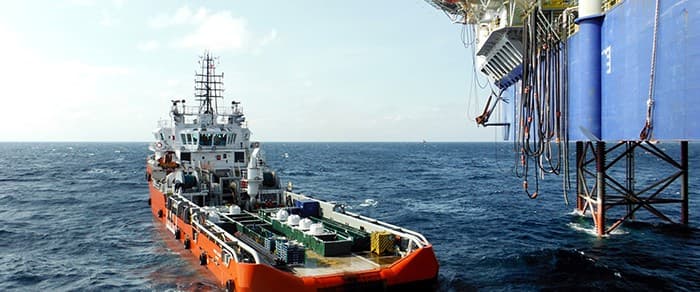The investment gap in green energy and weakened policy and corporate commitment to clean energy solutions could lead to global oil and gas demand remaining stronger for longer.
In such a scenario, the world’s upstream investment would need to increase to deliver the additional volumes of oil and gas, according to an analysis by Wood Mackenzie.
While the International Energy Agency (IEA) still very optimistically expects global oil demand to have peaked by the end of the decade, the players directly involved in supply, including oil producers and commodity trading giants, see peak demand at some point next decade.
The world’s biggest independent oil trader, Vitol, expects global oil demand will continue to rise by 2030 to nearly 110 million barrels per day (bpd). Demand is likely to stay at these levels before starting to very slowly decline from the mid-2030s onwards, Vitol said in its long-term outlook earlier this month. Importantly, the commodity trading giant expects that by 2040 global oil demand will be at about the current level of around 105 million bpd.
No steep declines in consumption then, as rising population and middle-class numbers will raise demand for petrochemicals, plastics, and jet fuel, only partially offsetting an expected drop in gasoline and diesel consumption in transportation.
Related: Drone Attack in Southern Russia Disrupts Kazakhstan’s Oil Flows
A key consumption in Vitol’s outlook is that “Societies will keep their commitment to climate change abatement, but not at a cost that makes them significantly poorer financially.”
Currently, everyone in the industry expects peak oil demand after 2030-2035, and none expect a steep decline after the peak—and demand will likely remain at high levels.
But supply could struggle to catch up with demand. With fields maturing and depleting, investment in the upstream is needed just to keep supply at current levels.
Even more would be needed to sustain a stronger-for-longer oil and gas demand, Wood Mackenzie’s analysts say.
They also noted in a recent report that “Barring a radical shift in policy and investment, the world is edging towards a slow-paced transition.”
Meanwhile, “Inflation and budgetary pressures have weakened government and corporate resolve to double annual expenditure to the estimated US$3.5 trillion required to build a low-carbon energy system and deliver on the goals of the Paris Agreement,” wrote WoodMac’s Fraser McKay, Head of Upstream Analysis, and Angus Rodger, Vice President Upstream, co-authors of the report.
Global investments in green energy solutions topped $2 trillion last year, for the first time ever, but the world needs to pour in $5.6 trillion each year into low-carbon energy to get on track for global net zero by 2050, in line with the Paris Agreement, BloombergNEF said in a January report.
The energy transition could slow due to lower-than-expected investments, rising energy demand, and a renewed focus on energy security and affordability instead of on sustainability. This opens the door to more investments in conventional energy sources such as oil and gas.
Yet, these investments, at current levels, will not be sufficient to supply the additional demand, according to WoodMac’s Delayed Energy Transition Scenario (DETS).
In this scenario, upstream needs to deliver an additional 6 million bpd of oil on average, or 6% more than in the base case, through to 2050, as well as 3%, or 15 Bcfd, more natural gas. In a slower energy transition, the analysts project that global upstream investment will need to rise by 30% to deliver the incremental supply, from US$500 billion a year currently to US$660 billion annually.
Currently, Big Oil is unlikely to break its financial discipline as it continues to seek to attract investors back with shareholder payouts of up to 45% of cash flows. With profits normalizing in 2024 after record-breaking earnings in 2022 and still exceptionally strong earnings in 2023, the biggest international oil companies said this earnings season that they would stick to their capital discipline.
The geopolitical and macroeconomic uncertainties, both for supply and demand, will remain highly unpredictable this year. So upstream companies will keep spending in check and see how the energy transition and global economy will fare in the near to medium term.
By Tsvetana Paraskova for Oilprice.com
More Top Reads From Oilprice.com
